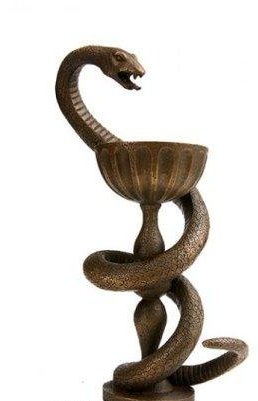There’s good news for people at risk for limb amputation due to complications from diabetes: A new laser procedure has been shown to be highly successful in “salvaging” limbs, thus providing a new alternative in the fight against amputation.
More than 1 million people in the U.S. suffer from critical limb ischemia (CLI), the most severe form of peripheral arterial disease (PAD)-a common condition in people with diabetes. CLI is the progressive accumulation of plaque and thrombus in the arteries of the leg, resulting in obstruction of blood flow. Left untreated, the condition can lead to pain, foot ulcers and limb loss. An estimated 160,000 amputations are performed in the U.S. each year, directly stemming from CLI-and many of them are preventable.
CLiRpath (Cool Laser Revascularization for Peripheral Artery Therapy) uses a “cool” excimer laser to treat arterial blockages common in CLI. The laser catheter is fed down patients’ leg arteries to the blockage that is causing their wounds and pain. CLiRpath vaporizes the blockage, allowing blood flow to resume, which may increase the chances that wounds can heal, limbs can be saved and patients’ psychological and physical well-being can be improved.
“CLiRpath is less intrusive and requires less recovery time than bypass surgery, and may provide CLI patients an alternative to amputation. While CLiRpath is not a cure for CLI, the therapy provides a minimally invasive treatment option for a potentially deadly condition,” said Dr. Craig Walker, an interventional cardiologist with the Cardiovascular Institute of the South, and a pioneer in developing and performing this advanced treatment.
CLiRpath, developed by Spectranetics Corp., is a critical breakthrough in helping prevent amputation. The procedure resulted in a 95 percent limb salvage rate for patients surviving to six months in a clinical trial, the LACI CTRO Registry.
Other Options
Conventional nonlaser treatments for blocked arteries include angioplasty, bypass surgery and medication. Angioplasty on its own is sometimes inadequate as a stand-alone treatment. In those cases, several techniques might be utilized, including excimer laser and rotational atherectomy. Your physician will make decisions on which is most appropriate.

